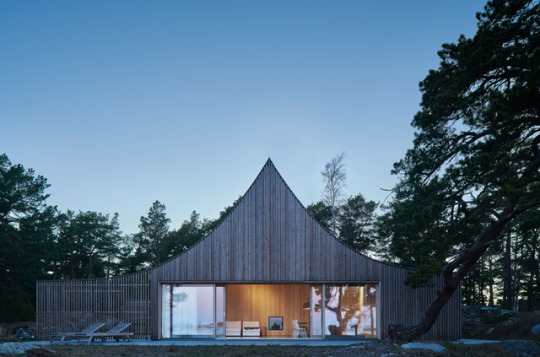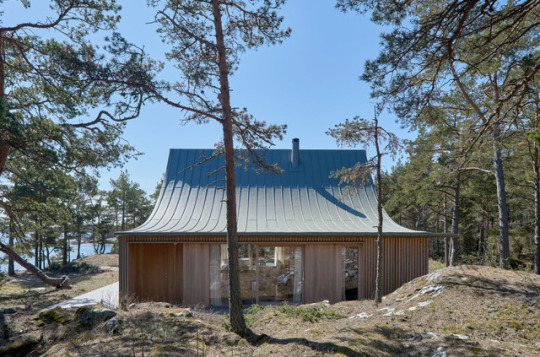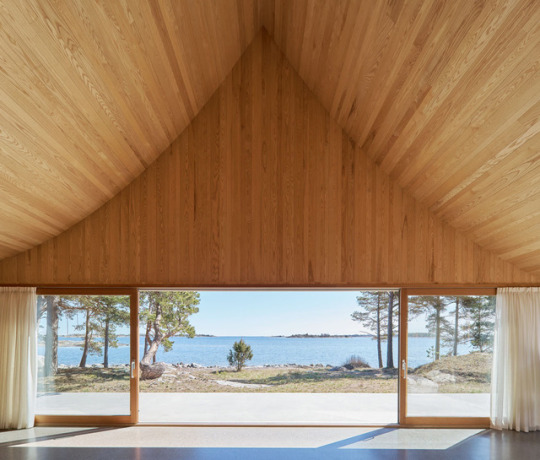Don't wanna be here? Send us removal request.
Photo




leagaun house ~ ryan w. kennihan architects
586 notes
·
View notes
Photo

Brave roofer http://instagram.com/p/y_Ofc0s-Cb/
89 notes
·
View notes
Photo





house on krokholmen ~ tham & videgård arkitekter | photos © åke e son lindman
586 notes
·
View notes
Photo










As mentioned in my last article about Shirakawa-Go I’m writing an article about the tools displayed in the attics of these houses :)
I took those photos in 3 different attics and decided to post them together in one article because it makes sense to me to write about the tools I saw and then write about the other things in those attics in another article :)
The biggest tools I saw were made for the maintenance of the roofs of the houses :) Most tools were actually meant to be used to make building materials for houses and tools for field work or tools for the maintenance, repair or fabrication of woodworking tools :)
One of the major differences between these houses and many other Japanese houses from the same period is that there was even less metal used during their construction :) Many houses in cities used Metal parts for door pulls or nails or wire to fix the shingles to the roof but in these there is no need to fix shingle to the roof and while some door pulls are made from metal many aren’t. It was fascinating to me :3
The needles look like they were made by giants but it makes sense since the thread/rope used and the size/thickness of the thatch bundles makes it necessary to scale the needles to fit these :)
Most of the wood used in these homes was not finished or dimensioned to the same degree as homes in cities or other places in Japan but the wood in the places where the inhabitants spent most of their time was just as finely finished and dimensioned as in any other place in Japan :) I think this selection was necessary due to the limited time and severe weather that would have punished the builders and future inhabitants by destroying or damaging the house before it was even finished. I admire how they still made sure that the timber looked nice and doesn’t splinter :3 I think in some way these are pinnacles of both craftsmanship, logistics and architecture as they were built in the open or with a limited amount of covering from the elements, little resources and in a limited time :)
The tools are just as finely made as the tools found in the cities in Japan :) I like how they store their tools with the other valuables to keep them away from moisture and ensure a good ventilation to prevent the handles from getting loose, rot, rust and bugs from eating the wooden parts of the tools :)
I wish I could write something like a catalogue that would list the exact tools used in the construction and maintenance of these houses but unfortunately I lack the time and resources to do so :/
This week was quite relaxed and nice :) I did a lot of work on some woodworking project, made some waffles and went to the Hafengeburtstag in Hamburg :) Tomorrow I’ll have a job interview :) Recently I often wish I would have a girlfriend (-_-;) I’m feeling lonely despite having some great friends who are very caring.
I will write an article about the Hafengeburtstag tomorrow and another one once I finish my current woodworking project :)
I wish everyone a great new week with nice friends and a person who loves you and who you cherish as well as sweet dreams (^-^)/
121 notes
·
View notes
Photo




inverted house ~ oslo school of architecture and design + kengo kuma & associates | shinkenchiku-sha + laurian ghinitoiu photography
2K notes
·
View notes
Photo





pennsylvania farmhouse ~ cutler anderson architects | photos © david sundberg
2K notes
·
View notes
Photo

Gaming Things that make you RAGE #617
Sims 3: Roofing
submitted by: pinkkcupcakez
957 notes
·
View notes
Photo

Do you think this guy replacing his roof shingles with toast is hoping for it to rain butter?
2K notes
·
View notes








